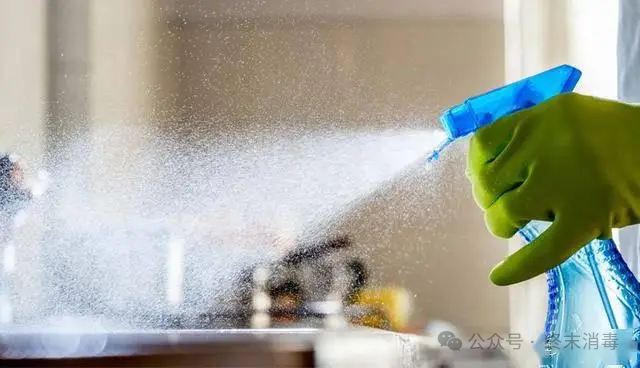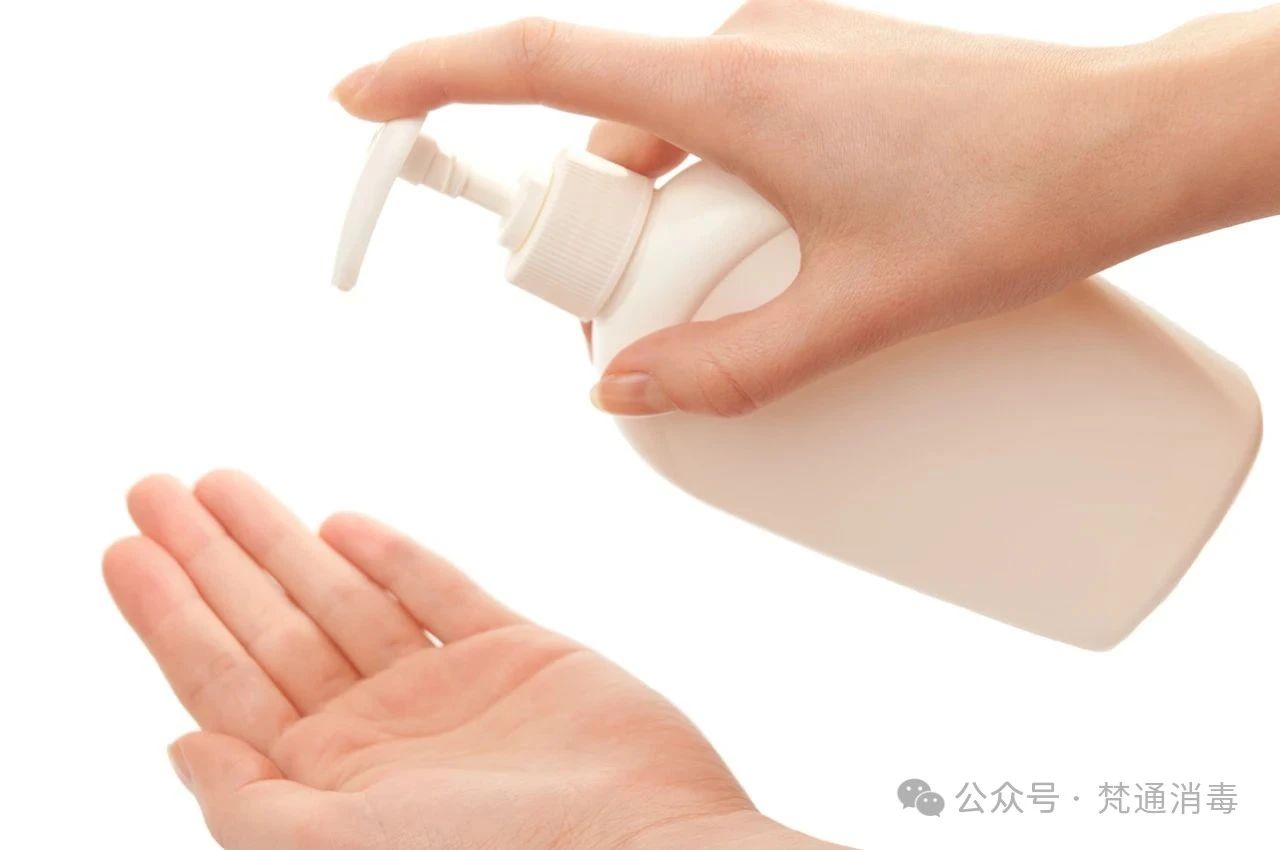Chemical disinfection factor – quaternary ammonium salt compounds | pharmaceutical factory disinfection laboratory disinfection medical disinfection services
- Addtime: 2025-07-25 / View: 27
Disinfection knowledge explanation series
Chemical disinfection factors – quaternary ammonium salt compounds
In the field of chemical disinfection, quaternary ammonium compounds are like a well-trained “ammonium” elite force. With their unique disinfection and disinfecting abilities, they have become a reliable force to protect health. Among them, benzalkonium bromide, dodecyl dimethyl phenoxyethyl ammonium bromide, and didecyl dimethyl ammonium chloride are the “elites” in the army, playing a key role in different scenarios.

Benzalkonium bromide can be called a “jack of all trades” in the quaternary ammonium salt world. It changes the permeability of bacterial cell membranes, allowing the internal substances of bacteria to seep out and eventually lose their activity. In the medical field, benzalkonium bromide is often used to disinfect surgical instruments and can effectively kill a variety of pathogens; in public places, it is also widely used for environmental surface cleaning. Whether it is tables and chairs, door handles, or elevator buttons, it can build a safety barrier for people with its efficient sterilization ability.
Dodecyl dimethyl phenoxyethyl ammonium bromide is the “environmental guard” in the disinfection world. Its molecular structure gives it good dual effects of decontamination and sterilization, and is particularly suitable for dealing with stains and bacteria in complex environments. In fabric cleaning in hotels, hospitals and other places, it can not only remove stains but also kill attached germs; in the field of water treatment, it can effectively inhibit the growth of microorganisms in water and ensure water quality safety.
Didecyl dimethyl ammonium chloride has become a “mild disinfectant” due to its excellent bactericidal performance and mild characteristics. It can quickly act on microorganisms such as bacteria and fungi, and has little irritation to the skin. It can often be found in daily chemical products such as hand sanitizers and shower gels, allowing people to get reliable disinfection protection while cleaning their skin; in the food processing industry, it is also used to disinfect equipment and the environment to ensure food safety.

However, the use of quaternary ammonium compounds must be in accordance with the regulations. Avoid mixing with anionic surfactants to avoid reducing the disinfection effect; at the same time, the concentration and time of use should be reasonably controlled according to different scenarios and objects. Only by using these “ammonium” all-rounders scientifically can they better play a disinfection role and protect our healthy life.
-
-
Previous: Chemical disinfection factors – phenolic compounds | pharmaceutical factory disinfection laboratory disinfection medical disinfection services
Next: Biological disinfection factors – phenolic compounds | pharmaceutical factory disinfection laboratory disinfection medical disinfection services -












